by Jonathan North
Fighting mainly as pikemen, the Swiss of the 15th Century used their iconic 10-foot pikes in an offensive capacity. Each pikeman carried a short sword and dagger but wore comparatively little armor. Helmets and breastplates were rare, although leather jerkins and gloves enjoyed more widespread use.
Such light equipment contrasted with that of many of their enemies and ensured that the Swiss could advance at speed. The pikemen were supported by a small number of halberdiers and these frequently took up the place of honor, that is, defending the cantonal banners in the center of any Swiss formation.
[text_ad]
Columns of 8,000 Men Strong
The Swiss formed up into dense columns, up to eight thousand men strong, for an attack. Each column was composed of pikemen, carrying their pikes at shoulder height as they advanced, with halberdiers and double-handed swordsmen in the center. The column was usually covered by a skirmish cloud of handgunners and crossbowmen and these sought to distract the enemy’s artillery and protect the column from enemy missiles.
The Swiss made little use of artillery—because they valued mobility so highly—and could deploy little in the way of cavalry. A number of captains rode into battle but dismounted to fight, and a few cantons provided mounted men to serve as a reserve and to be used in pursuit of the beaten foe.
Simple but Lethal Battle Tactics
Swiss battlefield tactics, honed on countless battlefields, were invariably the same and were simple but lethal. They formed their men into three compact columns—the vanguard (vorhut), main body (gewaltshaufen), and rearguard (nachhut)—and these would advance in echelon, break the enemy’s line, and shatter his morale with the incredible impetus of the pike-wielding mass. If the first column was thrown back the echelon formation meant that it could fall back without disordering the remaining columns.
If the enemy sought to attack the first column in flank, such an assault was foiled by the oncoming troops. The most common scenario was for the enemy to break before the lethal impact of the pikes—the Swiss reluctance to take prisoners was well known.
Always Advance, No Matter the Cost
If the enemy stood to fight, the pikes were designed to break the enemy line—many pikemen would then utilize their swords and daggers—and the Swiss would overwhelm their opponents in the ensuing close-quarter fighting and thus decide the battle.
If the Swiss did halt, perhaps in preparation to meet oncoming cavalry, the column quickly converted to the hedgehog (ÔigelÕ) formation—a compact square of troops bristling with pikes. No sooner had the cavalry been repulsed than the column was ordered forward again.
The key to victory, the Swiss believed, was to advance, regardless of cost, regardless of obstacles. It was such a doctrine, and such bravery, that achieved success over the Burgundians in the 1470s and allowed the Swiss to dominate every battle for the next 50 years. They were only to be halted at Bicocca in 1522, and by then every nation in Europe was imitating the forward rush of pikes.
Originally Published July 7, 2014
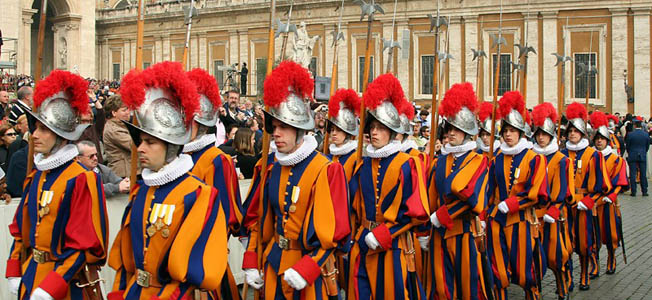
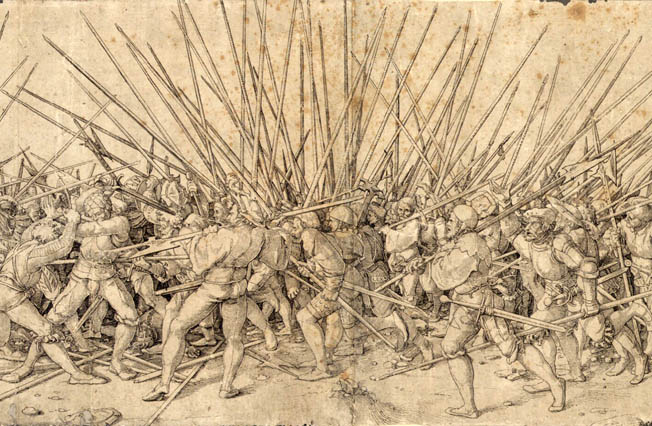

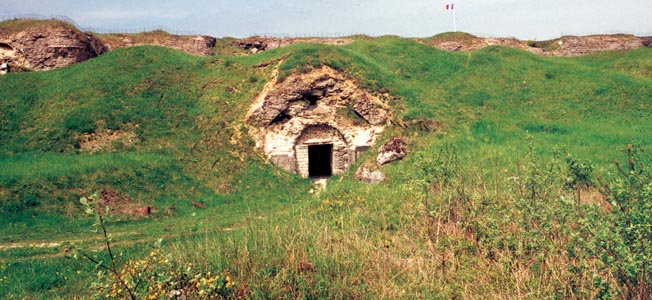
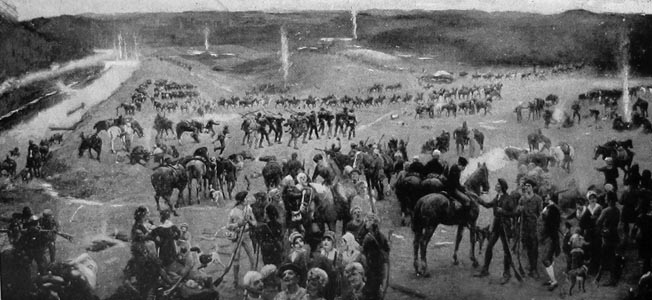
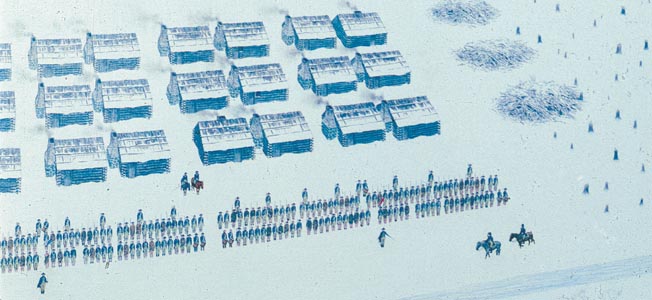
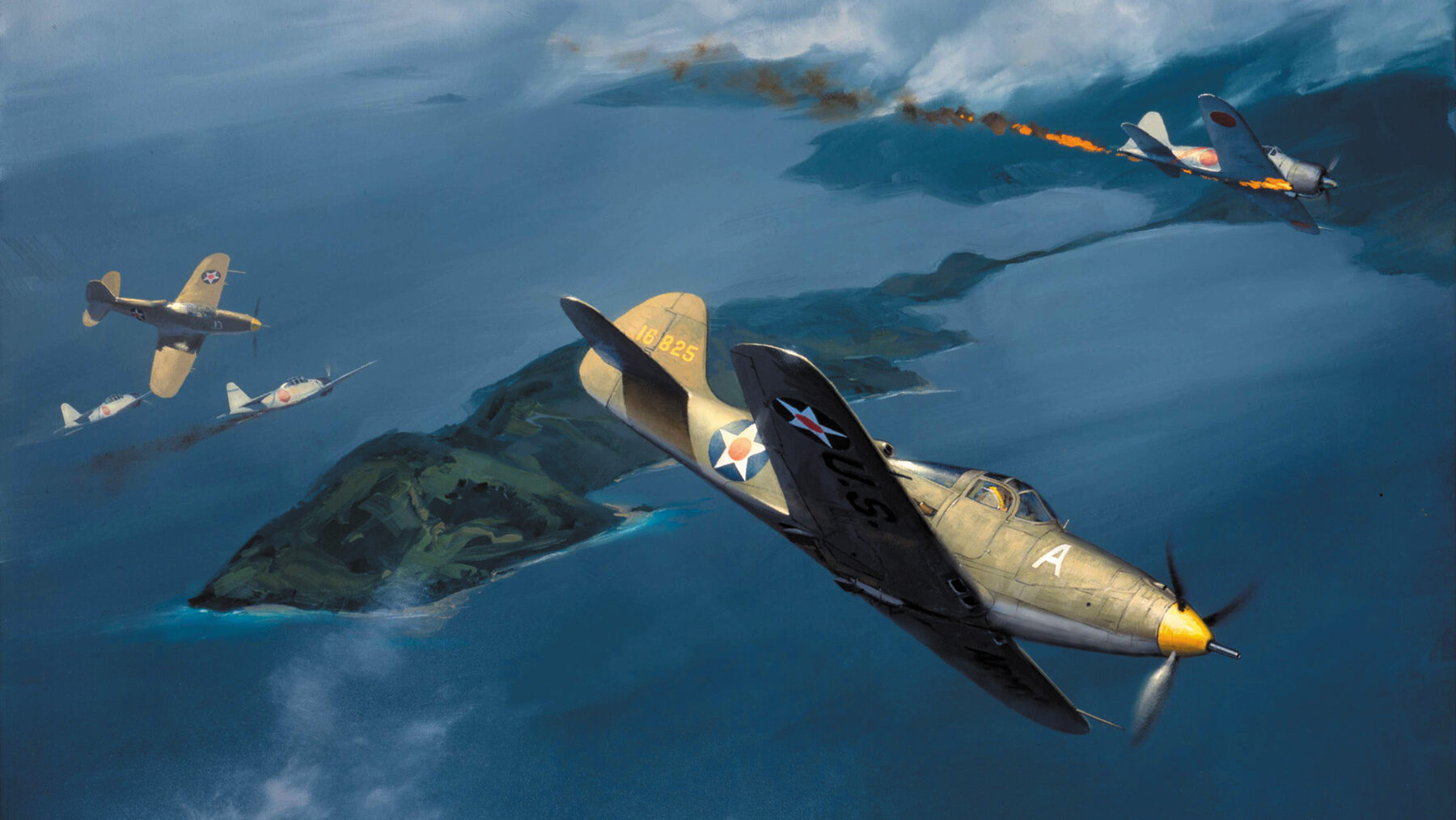

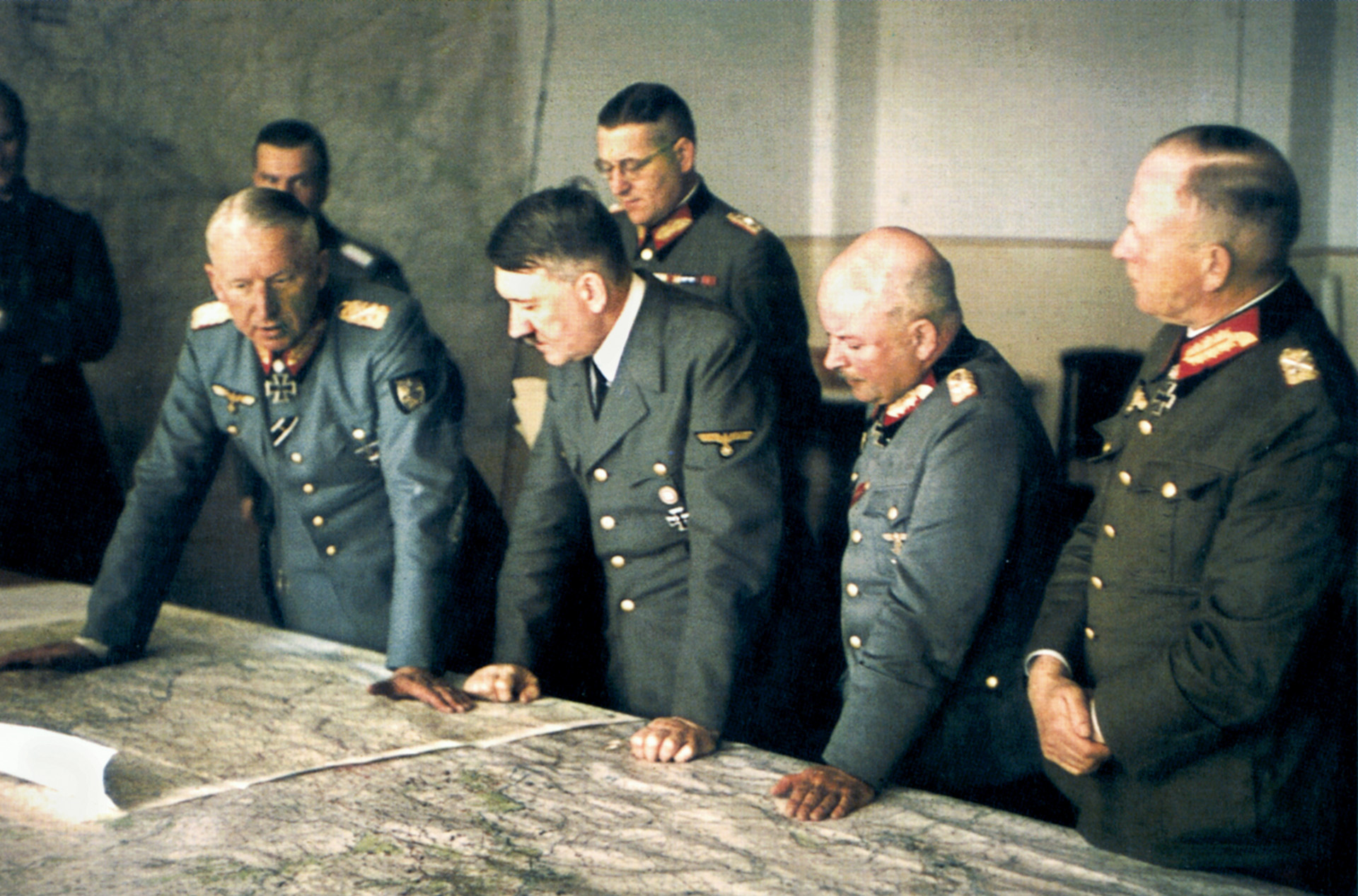
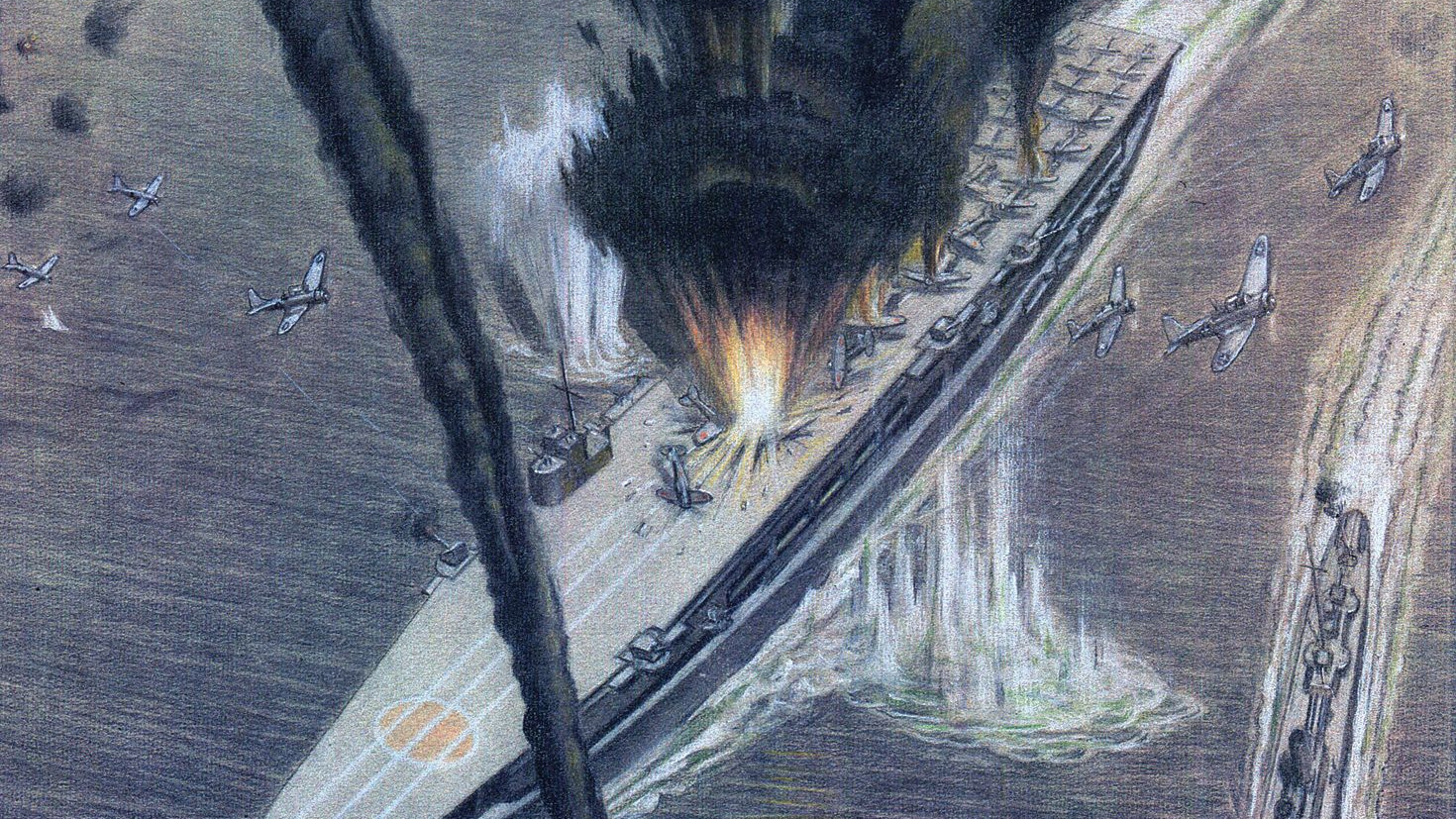
Join The Conversation
Comments
View All Comments